South Korea’s convenience store sector continues to set global benchmarks with its rapid product development and consumer-driven innovation. The country’s major convenience store chains have transformed from basic retail outlets to culinary incubators, introducing hundreds of new food items annually that quickly capture consumer attention and reshape eating habits.
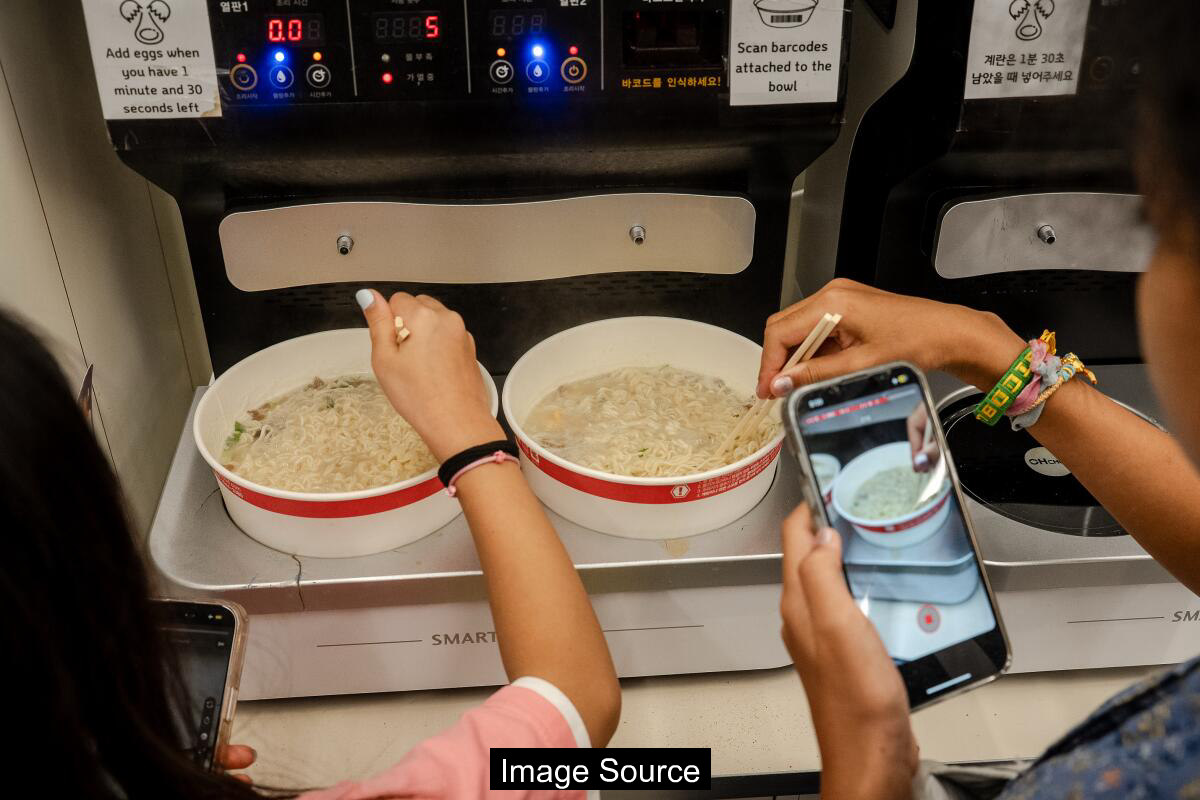
The Korean Convenience Store Revolution
South Korean convenience stores represent far more than typical quick-stop shops found elsewhere in the world. These ubiquitous urban spaces offer an extraordinary range of products and services, transforming the traditional retail experience into a dynamic cultural phenomenon. From gourmet wines and gold bars to instant noodle bars and package pickup services, these stores have become multifunctional community hubs.
The scale of this retail ecosystem is staggering. With approximately 55,000 stores in a country the size of Indiana, South Korea boasts one convenience store for every 940 people. In Seoul, their numbers have quadrupled in just 15 years, creating a landscape where these stores seem to occupy nearly every street corner.
This proliferation reflects deeper economic and social dynamics. Roughly one in four South Korean workers is self-employed, making convenience stores an accessible entrepreneurial pathway. With startup costs around $14,000, these stores offer a low-barrier entry point into business ownership for individuals seeking economic opportunity.
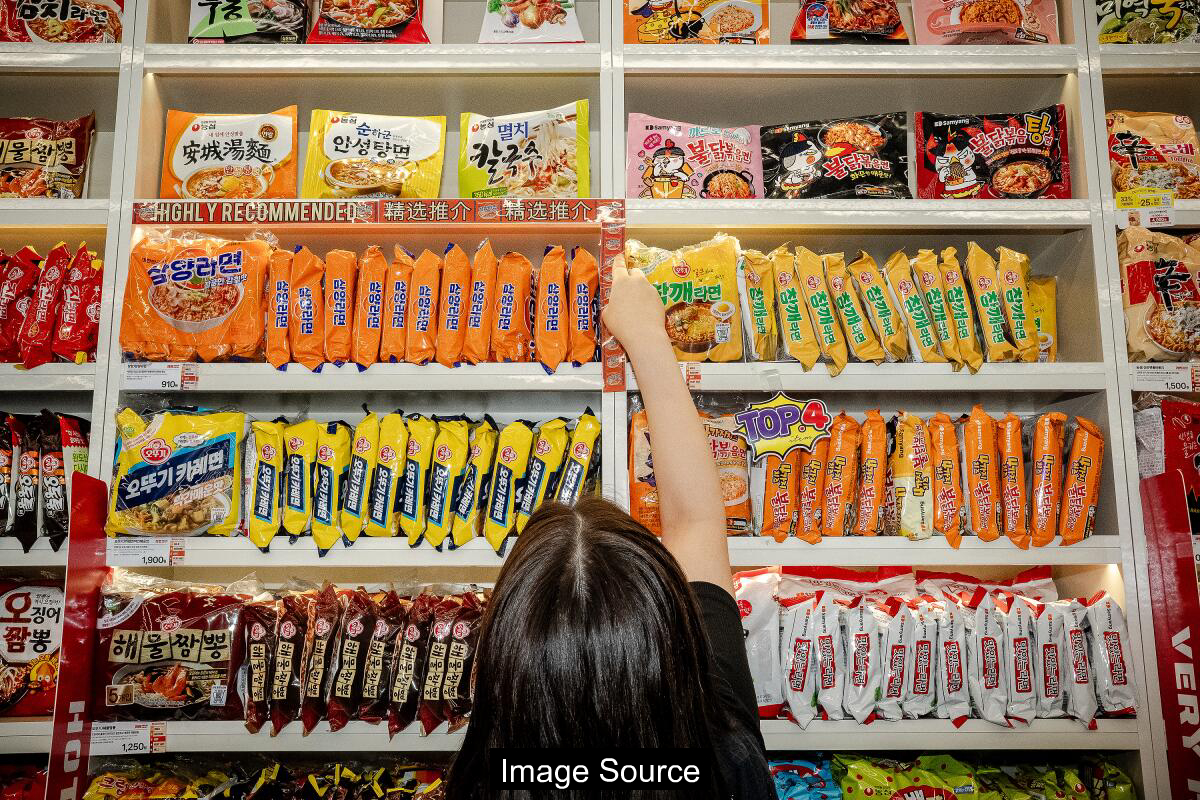
A Culinary and Cultural Phenomenon
South Korean convenience stores have elevated packaged food to an art form, continuously reinventing culinary experiences. Up to 70 new food items hit shelves weekly, creating a live feed of evolving national tastes. Instant-ized versions of dishes like spaghetti, udon, and fried rice have transformed these stores into a $25-billion industry.
Social media has amplified this culinary innovation, turning convenience store products into viral sensations. Trending items can generate extraordinary buzz, with some products selling out within hours and commanding lines reminiscent of limited-edition sneaker releases. However, these trends can be equally ephemeral, with product popularity potentially plummeting within months.
Professionals like Chae Da-in, a self-proclaimed ‘convenience store critic’, have built entire careers around documenting this dynamic landscape. Her weekly store tours and extensive research highlight the rapid evolution of convenience store culture, demonstrating how these spaces reflect broader societal changes and consumer preferences.
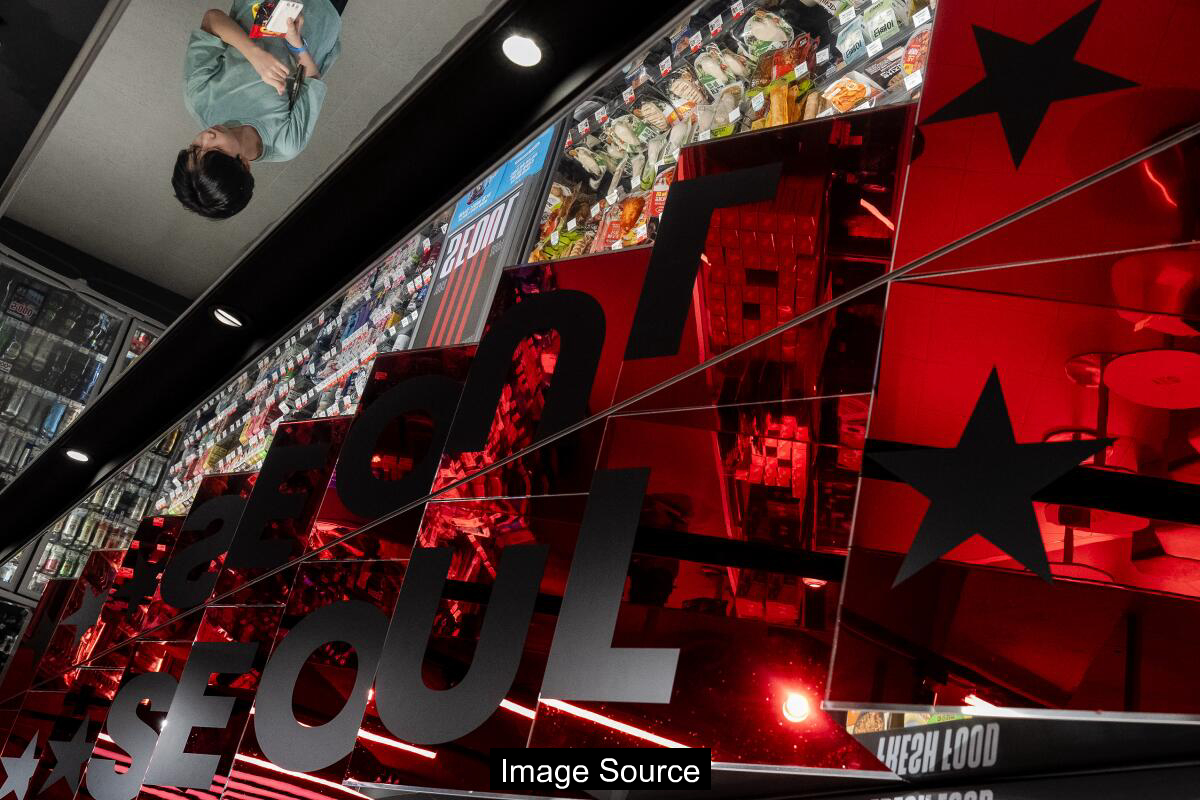
Global Expansion and Cultural Export
South Korean convenience stores are now expanding beyond national borders, mirroring the global spread of K-pop, K-dramas, and other cultural exports. Chains like CU are strategically entering markets with significant Asian populations, such as Hawaii, leveraging the growing international fascination with Korean culture.
These international locations are conceived as more than mere retail spaces. BGF Retail’s overseas operations head describes them as ‘miniature South Koreas’ where global consumers can experience authentic Korean products and cultural nuances. The expansion capitalizes on the sustained popularity of Korean cultural trends among younger international demographics.
The global appeal extends beyond mere novelty. These stores represent a sophisticated retail model that combines convenience, culinary innovation, and cultural experience. From TikTok mukbang videos featuring Korean convenience store foods to Netflix series showcasing these spaces, they have become a compelling cultural touchpoint.
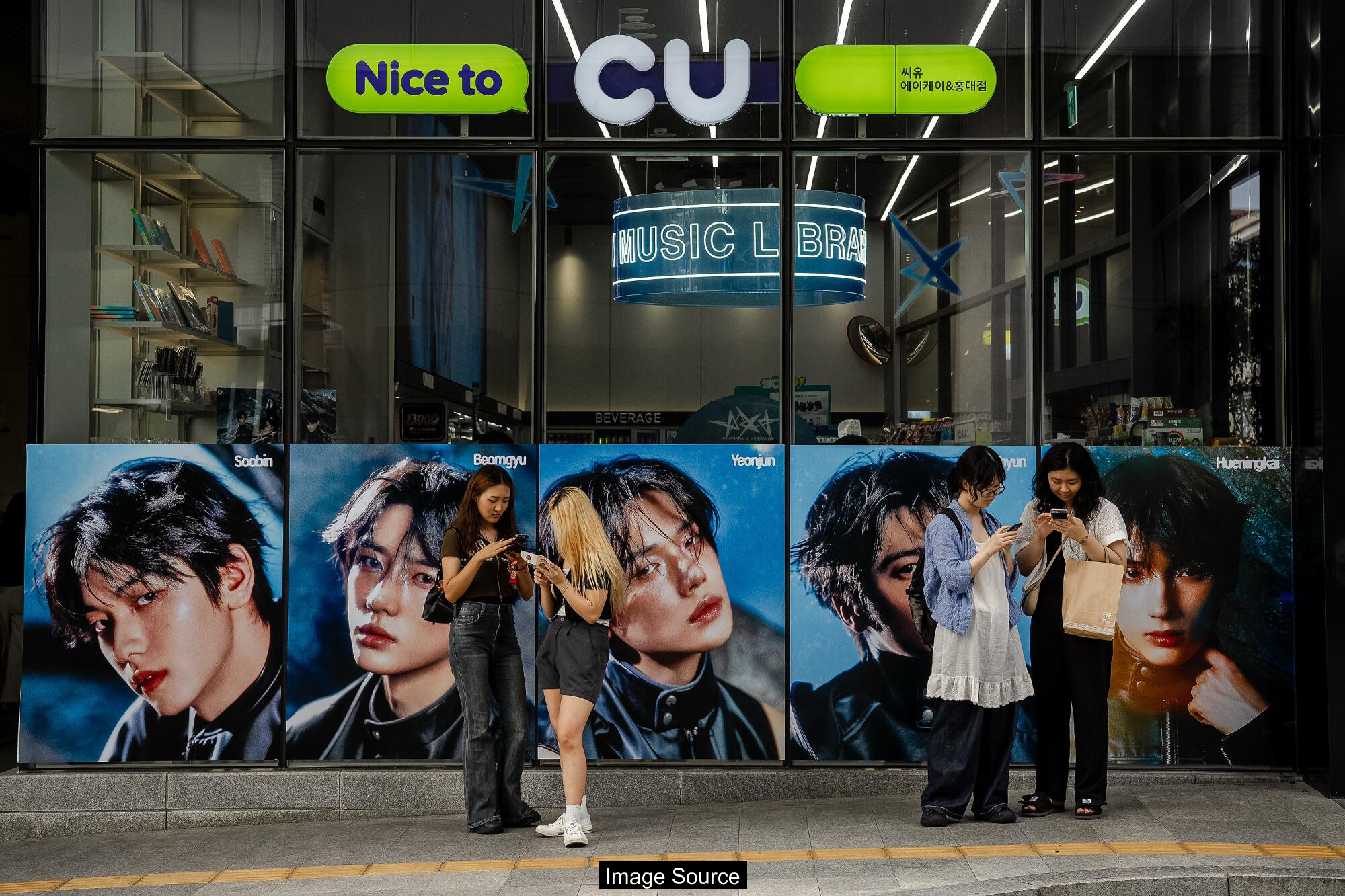
Behind the Scenes: Retail Strategy
The convenience store market in South Korea represents an intensely competitive ecosystem where survival demands constant innovation. Merchandisers spend significant time monitoring social media platforms, searching for emerging trends that could translate into breakthrough products. The pressure to identify and rapidly develop trending items is immense.
Product lifecycles have dramatically shortened due to the rapid information exchange enabled by social media. What might be a viral sensation one month could become completely obsolete the next. This creates a challenging environment where retailers must continuously adapt and reinvent their offerings.
Success requires a delicate balance of creativity, speed, and market intuition. As one industry insider noted, ‘In South Korea’s food retail market, you go extinct if you’re not quick to change.’ This ethos of constant reinvention has transformed convenience stores from simple retail spaces into dynamic cultural laboratories.

Convenience Store FAQ
Q1. How many convenience stores exist in South Korea?
A1. There are approximately 55,000 convenience stores in South Korea, which translates to one store for every 940 people. In Seoul, their numbers have quadrupled in the last 15 years.
Q2. What makes South Korean convenience stores unique?
A2. Unlike convenience stores in other countries, South Korean stores offer an extensive range of services including gourmet food, package pickup, clothing services, financial services, and serve as social gathering spaces.
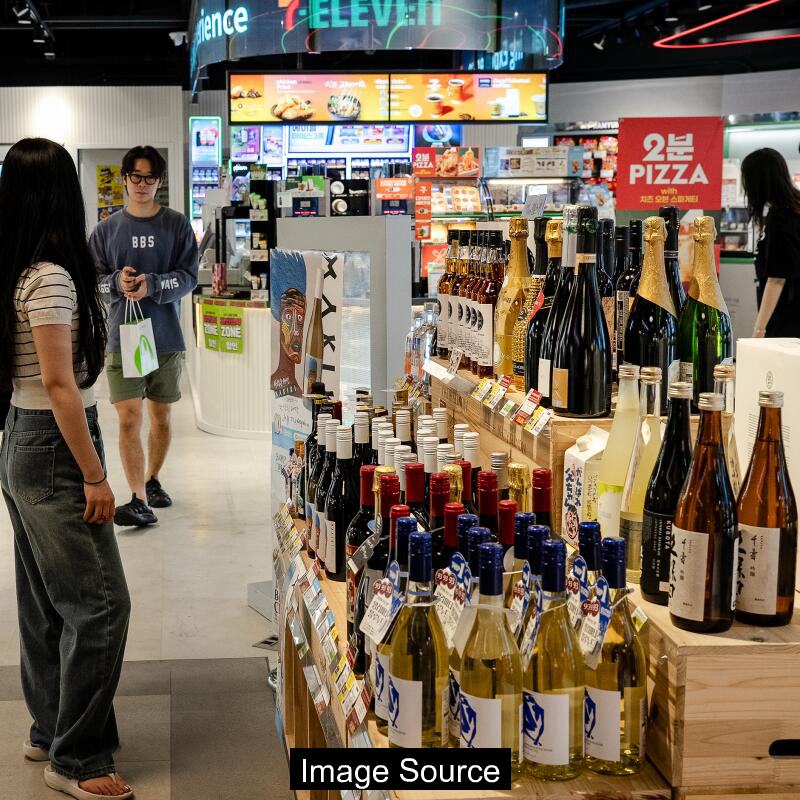
Strategic Outlook
South Korean convenience stores represent more than a retail trend; they are a dynamic cultural ecosystem that continues to evolve and expand. Their success stems from an ability to blend technological innovation, culinary creativity, and responsive market strategies.
As these stores continue their global expansion, they are likely to reshape international perceptions of convenience retail. By offering experiences that transcend traditional shopping, they demonstrate how retail spaces can become vibrant, multifunctional community centers.
The future of convenience stores lies in their capacity to remain adaptable, culturally relevant, and attuned to rapidly changing consumer preferences. South Korea has established a model that transforms these spaces from mere transactional environments into living, breathing cultural platforms.
Source: latimes.com